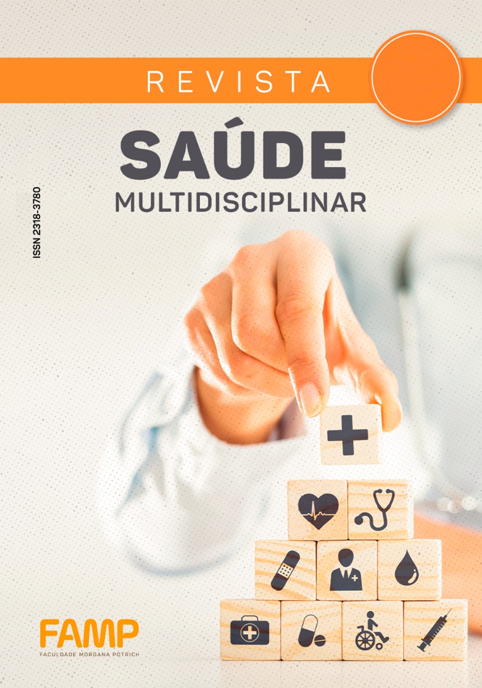Lipoid necrobiosis: an updated bibliographic review
DOI:
https://doi.org/10.53740/rsm.v16i1.760Keywords:
Lipoid Necrobiosis; Dermatosis; Diabetes Mellitus.Abstract
ABSTRACT
Introduction: Lipoid Necrobiosis (NL) is a rare granulomatous disease that typically manifests at any stage of life, although it is more common between the ages of 30 and 40, but can occur at any stage of life. Lesions are often observed on the lower extremities, predominantly on the pretibial surface, but can also occur in atypical locations. Initially, the lesions are asymptomatic but eventually ulcerate. Materials and Methods: This is a narrative literature review on the topic of necrobiosis lipoidica, with a descriptive approach, delving into the pathophysiology of the disease, clinical and laboratory aspects, differential diagnoses, as well as treatment options and adherence through the analysis of articles published in the span of 10 years, between 2014 and 2023. Literature Review: The cause of NL is still unknown, but there is evidence of a possible abnormal immune and vascular response. Diagnosis is challenging and typically involves histopathological analysis of the lesions. Treatment focuses on symptom control and inflammation management and may involve the use of corticosteroids, topical and systemic therapies, among other options. NL is also associated with other conditions such as diabetes mellitus and autoimmune diseases. Conclusion: Further research is needed to better understand the pathophysiology and develop more effective therapeutic options for NL.
Keywords: Lipoid Necrobiosis; Dermatosis; Diabetes Mellitus.
Additional Files
Published
How to Cite
Issue
Section
License
Copyright (c) 2024 REVISTA SAÚDE MULTIDISCIPLINAR

This work is licensed under a Creative Commons Attribution-NonCommercial-NoDerivatives 4.0 International License.









